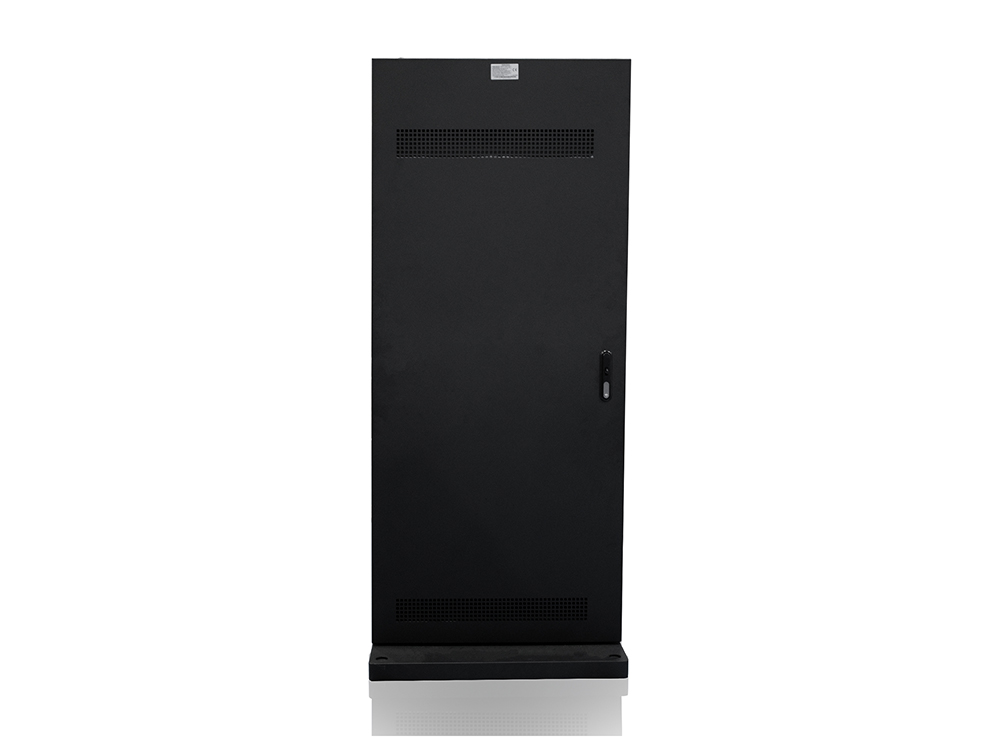Can Digital Signage Be Used for Queue Management
In today's fast-paced world, efficient queue management is crucial for maintaining customer satisfaction and operational efficiency in various settings, from retail stores and healthcare facilities to government offices and entertainment venues. Traditional methods, such as physical signage and manual announcements, have often proven inadequate, leading to long wait times, confused customers, and overwhelmed staff. Enter digital signage—a versatile technology that has revolutionized the way information is disseminated in public spaces. But can digital signage truly be harnessed for effective queue management? The answer is a resounding yes, and here’s why.

Digital signage refers to electronic displays that show information, advertisements, or other messages. These displays can range from simple LCD screens to sophisticated video walls, and they can be found in a myriad of locations, including airports, shopping malls, restaurants, and more. One of the key advantages of digital signage is its dynamic nature; content can be updated in real-time, making it an ideal tool for managing queues and communicating changes promptly.
One of the primary ways digital signage can enhance queue management is by providing clear, real-time information to customers. Instead of relying on static signs or verbal announcements, digital displays can show the current status of queues, estimated wait times, and even the next customer to be served. This transparency helps reduce anxiety and frustration among waiting customers, as they can see exactly where they stand in line and how much longer they might have to wait.
For instance, in a hospital setting, digital signage can be used to display the waiting times for different services, such as consultations, lab tests, or pharmacies. Patients can then make informed decisions about whether to wait, reschedule their appointment, or seek alternative services nearby. Similarly, in a retail store, digital displays can inform customers about the availability of staff at different service counters, directing them to the least congested area.
Another significant benefit of digital signage in queue management is its ability to adapt to changing conditions. During peak hours or unexpected disruptions, such as staff shortages or technical issues, traditional signage would require manual updates, which can be time-consuming and prone to errors. In contrast, digital signage can be integrated with queue management systems that automatically adjust the displayed information based on real-time data. This ensures that customers always have access to the most accurate and up-to-date information, improving the overall experience.
Moreover, digital signage can be used to entertain and engage waiting customers, making the wait time feel shorter and more pleasant. For example, displays can show relevant videos, news feeds, or even interactive content to keep customers occupied. In a children's entertainment center, digital signage could feature educational games or cartoons to entertain young visitors while their parents wait in line. By providing a distracting and enjoyable experience, businesses can turn what might otherwise be a negative aspect of their service—waiting—into a positive one.
Digital signage can also facilitate better resource allocation and staff management. By monitoring queue lengths and wait times in real-time, managers can make informed decisions about staffing levels, opening additional service points, or reallocating resources to areas with higher demand. This not only improves efficiency but also ensures that staff are utilized effectively, reducing idle time and increasing productivity.
In addition to enhancing the customer experience, digital signage for queue management can also contribute to a business's branding and marketing efforts. Customizable displays can feature the company's logo, colors, and promotional messages, reinforcing brand identity and creating a cohesive customer experience. For example, a restaurant could use digital signage to display its menu specials, upcoming events, or loyalty program information while customers wait for their table.
Furthermore, digital signage can be integrated with other technologies to create a more seamless queue management system. For instance, it can be linked with mobile apps that allow customers to join virtual queues remotely, receive notifications when it's their turn, and even make payments or complete forms in advance. This integration not only streamlines the queueing process but also enhances convenience for customers, who can manage their time more effectively and reduce physical contact in post-pandemic scenarios.
However, implementing digital signage for queue management is not without its challenges. Initial investment costs, content management, and technical support are factors that need to be considered. Additionally, ensuring that the digital signage is accessible to all customers, including those with visual impairments or hearing difficulties, is crucial to maintaining inclusivity. Businesses must also ensure that the content displayed is relevant, engaging, and not overwhelming, lest it becomes a source of distraction rather than assistance.
In conclusion, digital signage offers a multitude of benefits for queue management, from providing real-time information and adapting to changing conditions to entertaining customers and facilitating better resource allocation. Its versatility, combined with the ability to integrate with other technologies, makes it a powerful tool for enhancing the customer experience and operational efficiency. While there are challenges to consider, the advantages of digital signage in queue management are clear, making it a worthwhile investment for businesses seeking to improve their service delivery and customer satisfaction. As technology continues to evolve, the potential applications of digital signage in queue management will only continue to grow, further solidifying its role as a key component of modern customer service strategies.
Application scenarios of digital signage








